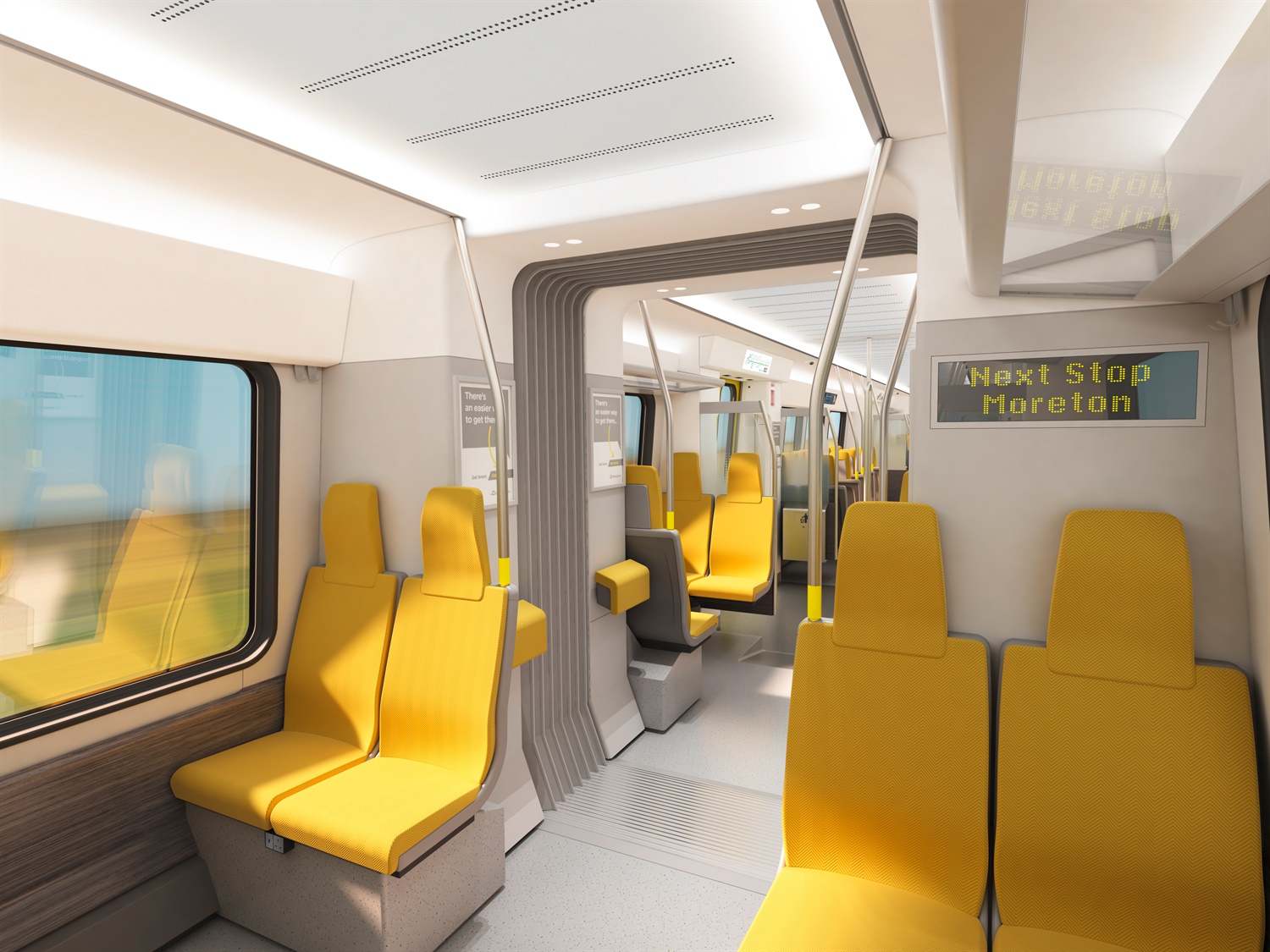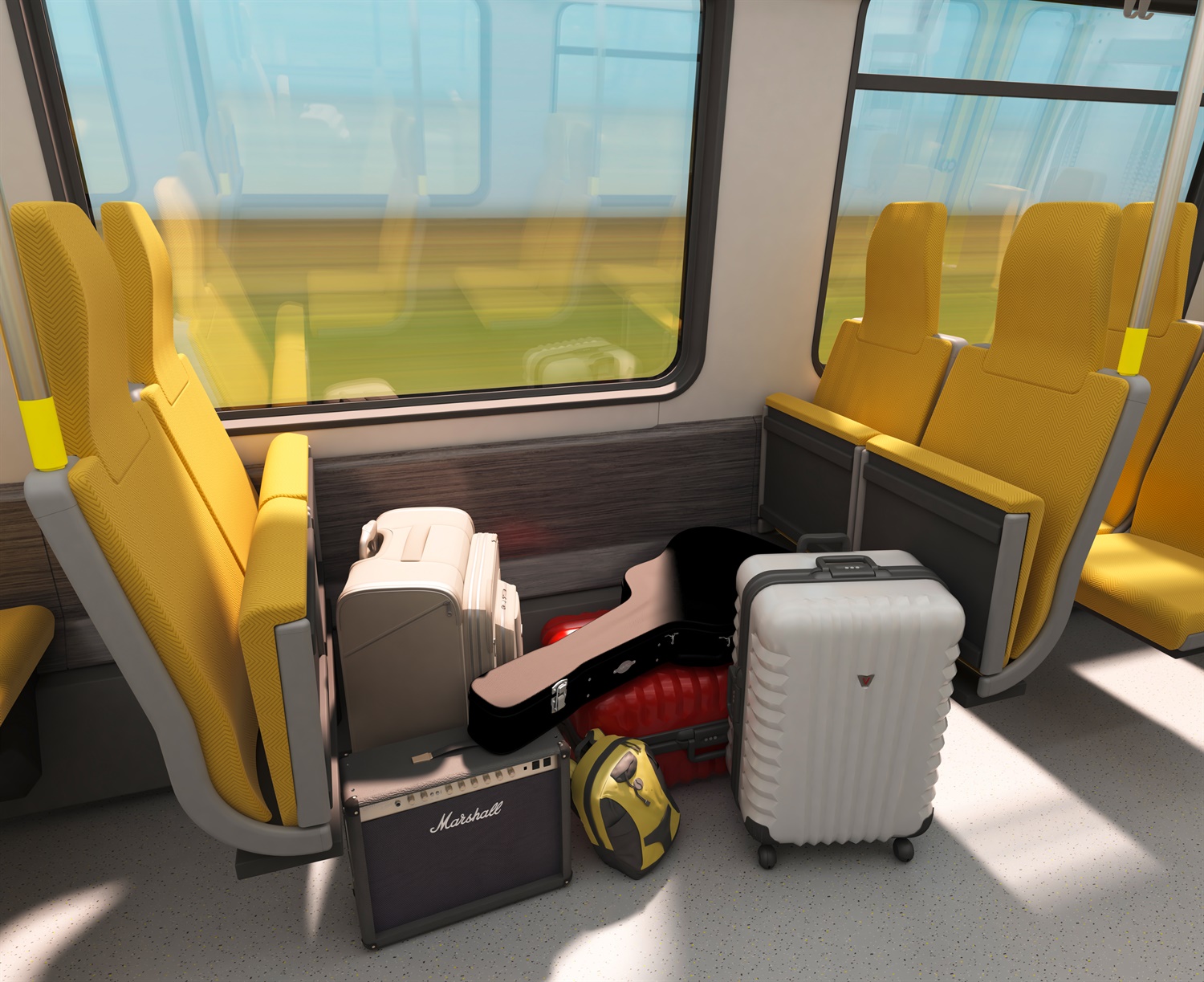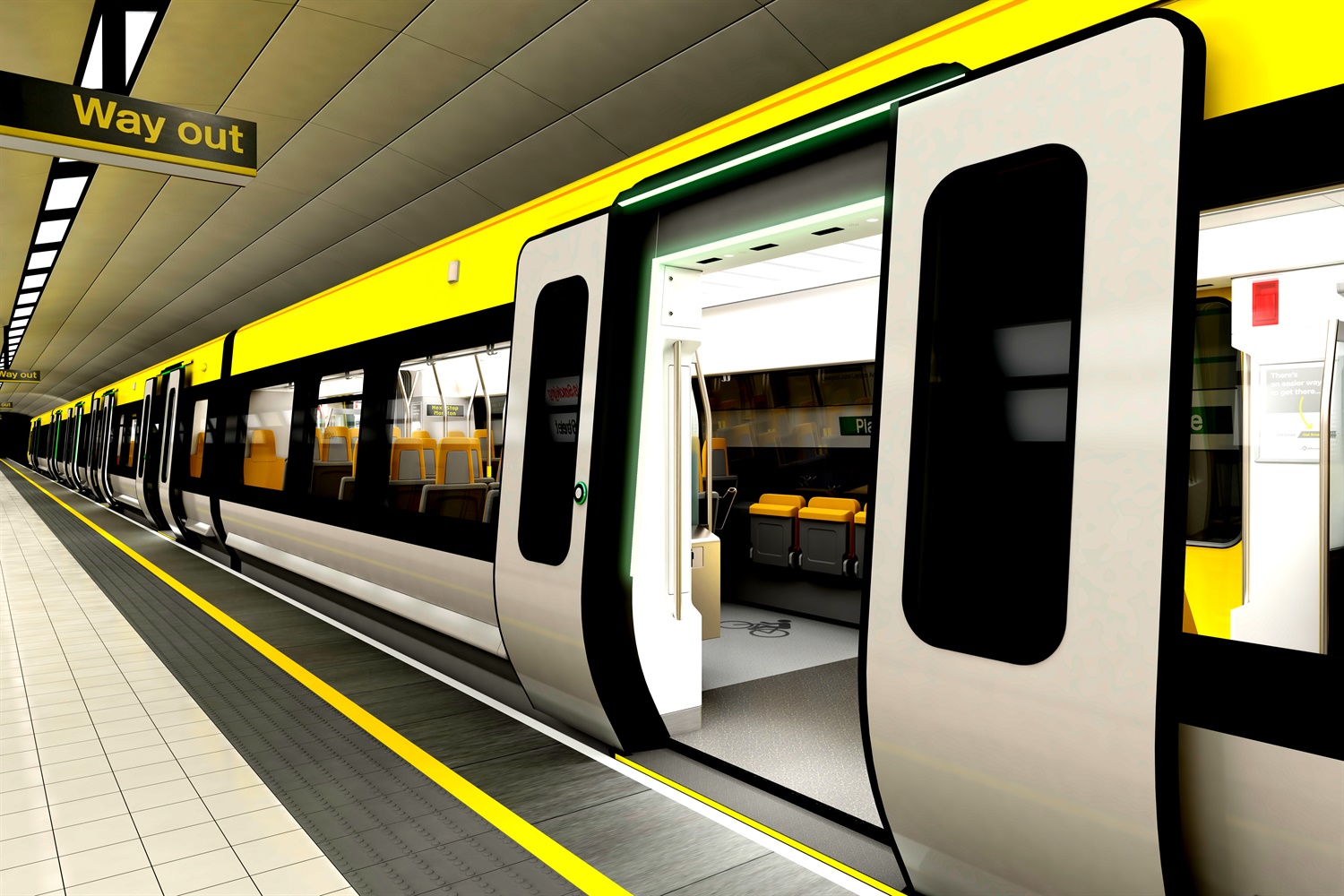26.05.17
New Merseyrail fleet a platform for future innovations
David Powell, programme director of rolling stock at Merseytravel, talks about the procurement of the new fleet of metro trains for the Merseyrail network and plans for the future.
Back in December 2016, Liverpool city-region leaders made the announcement for their preferred bidder, Stadler, to build and maintain the new fleet of trains for the Merseyrail network.
By February, the contract award for the 52 metro trains was signed. However, there was a legal challenge from Bombardier, which, at the time of publication, is still ongoing.
During RTM’s interview with David Powell, programme director of rolling stock at Merseytravel, which will own the fleet throughout the asset’s life, said: “Bombardier has agreed to us awarding the contracts to Stadler, that was the obstacle that we had to negotiate to get to contract signature in the middle of February.
“Bombardier agreed to us doing that, and they have a lot of information that they didn’t have previously and they are mulling that over as we speak.”
The deal
The contract with Stadler falls into four main components: Manufacturing and Supply Agreement (MSA) of the fleet; a depot modernisation programme; and two maintenance contracts. But due to the devolved nature of the network, two of the contracts fall under the Merseytravel banner: the train building and depot modernisation, and the two maintenance contracts are between Merseyrail and Stadler.
Discussing the procurement in detail, Powell stated that under the depot modernisation contract Kirkdale will receive a significant amount of investment, and there will be work over at Birkenhead North, most of which is putting a wash plant in.

“Then there are two maintenance contracts, and this is where we’ve structured things slightly different from some other people,” said Powell. “The first is to maintain the 507/508 fleet. We are in a period whereby the maintenance activity, which is currently in-house within Merseyrail, will get handed over to Stadler. There will be a TUPE transfer of staff.
“By late summer, that should be in place, and Stadler will be maintaining the 507/508 fleets, albeit with pretty much the entirety of the current Merseyrail workforce. To some extent there is no change other than the name over the door, but there is a lot of work to do to get to that position.
“They will then do that for three years or so, and then, as the new fleet is introduced, they will take on maintenance responsibility from day one for all the new trains. That will then continue, potentially, for the whole life of the fleet. It is a long-term maintenance deal, which includes everything.”
Powell, who was previously involved with the Metrolink in Manchester, said he was proud of the procurement process as it “draws on elements that Merseytravel believes have worked well in other places.”
“The structure we have developed for ourselves is that it is unique on the main line. In many ways, it is closer to what you might get on a metro railway,” he said. “There is no mention of ROSCOs in this, which is unusual for the main line.
“We have taken a strategic view that we, Merseytravel, are actually going to own the asset throughout its life. It takes us into one of the big themes of the project and means we don’t have to think about cascading fleet hither and dither. We don’t have to worry about whether it is going to integrate effectively on SWT, for instance, which also runs DC rolling stock.
“It also means we are able to make the rolling stock somewhat bespoke for our purposes, because we envisage that it is only ever going to be on our network and, effectively, we will lease it to whichever operator we appoint throughout its life. At the moment, of course, it is Merseyrail Electrics 2002.”
Improved accessibility and capacity
Discussing the current fleet of 507/508s, Powell said that once the new fleet comes online they will be handed back to Angel Trains, “and then it is up to them to decide what to do with them. They are not in bad nick, but they will be over 40 years old by that time”.
The new fleet of four-car trains, which will all be in service by 2021, will have lower floors, only 960mm above rail level, and will be entirely walkthrough. The capacity onboard will also be increased to 486 passengers: 182 seated, 302 standing and two wheelchair users.

“In terms of capacity, the trains are going to be a little bit longer than the ones they replace: 65m long, the current ones are just under 61m. The layout is much better,” explained Powell. “We have a slightly higher number of seats, but we have a much higher passenger-carrying capacity. The current fleet is not a layout that is designed to be friendly to standing passengers – it is quite weak from that perspective. It has a very narrow aisle, and almost nothing to hang on to in the vestibules.
“These trains are going to be designed around what our passengers want, and that for us has been a really important thing. It is something we can build on as we are buying a fleet for our network. We have been through a process with Transport Focus of consulting with passengers before and asking them what they want, and reflecting all of that back into the specification and design of the train, and Stadler did a very good job of interpreting that work and playing it back to us.”
Setting Merseyrail apart
A particular characteristic that is going to set the new Merseyrail fleet apart, according to Powell, is that the new Stadler doorways drop the floor to 960mm, “which interfaces really well with a British platform which is meant to be at 915mm”.
“One of the things we are doing is working with Network Rail in getting the relationship between the track and the platform to match Network Rail standard,” he said. “At the moment, it is quite variable across the network, as is the case across almost all of the country.
“We are going to move the track and, in some cases, move the platforms so that we have that relationship, and we have a train that comes in with a slightly higher floor and a sliding step that comes out from underneath the floor of the train and always stops 35mm away from the edge of the platform. That is going to revolutionise the accessibility of the network.
“We think it is a game changer. I’ve spent a lot of my career working on tramways. Trams interface really well with platforms, and we can bring an interface to the main line railway that we think is at least as good as you’re able to deliver with a tramway.”

One other issue that has developed since the contract award is a dispute with the RMT over the introduction of driver-only operation. At the time of publication, this has led to two days of strike action on the Merseyrail network – the second of which took place on the same day as the Grand National at Aintree.
“There have been two days of action and the response from Merseyrail, we think, has been good,” he said. “We aren’t the employer of the guards, so we are not involved with the negotiations, but we hope that Merseyrail and the RMT can get around the table and engage constructively with the issues associated with introducing the new fleet.
“There is a large body of evidence, from all sorts of places, that call into question the validity of the argument the union is making. The safety argument, emotively while I understand it, just isn’t borne out by the evidence in the industry or the opinion of the majority of operators who operate trains that way and the relevant authorities, the ORR and RSSB.”
Future ambitions
As well as procuring the new fleet, Merseytravel has the option to buy a further 60 vehicles which could help fulfil future aspirations for the region’s long-term rail strategy.
“We are looking at a new fleet that can cater for all sorts of things that might happen to the railway in future,” said Powell. “We can buy more trains, and these can be retrofitted to become dual voltage. Initially, they will be DC because it is a DC network – there is no point putting a pantograph on it and a transformer. But, in the future, we want to expand the Merseyrail Electrics network.
“We will be exploring, with Stadler, what the options are for having the trains becoming self-powered. This isn’t the bi-modes that lots of other people are talking about in the industry; this is on-board electrical storage.
“There are potentially some very exciting developments coming in that area, but we have a lot of work to do. I think this type of technology will become commonplace during the life of our trains. We are going to design the trains as such, so that we can take advantage of that technology when it matures.”
Have you got a story to tell? Would you like to become an RTM columnist? If so, click here.